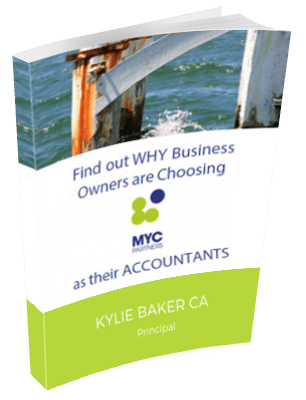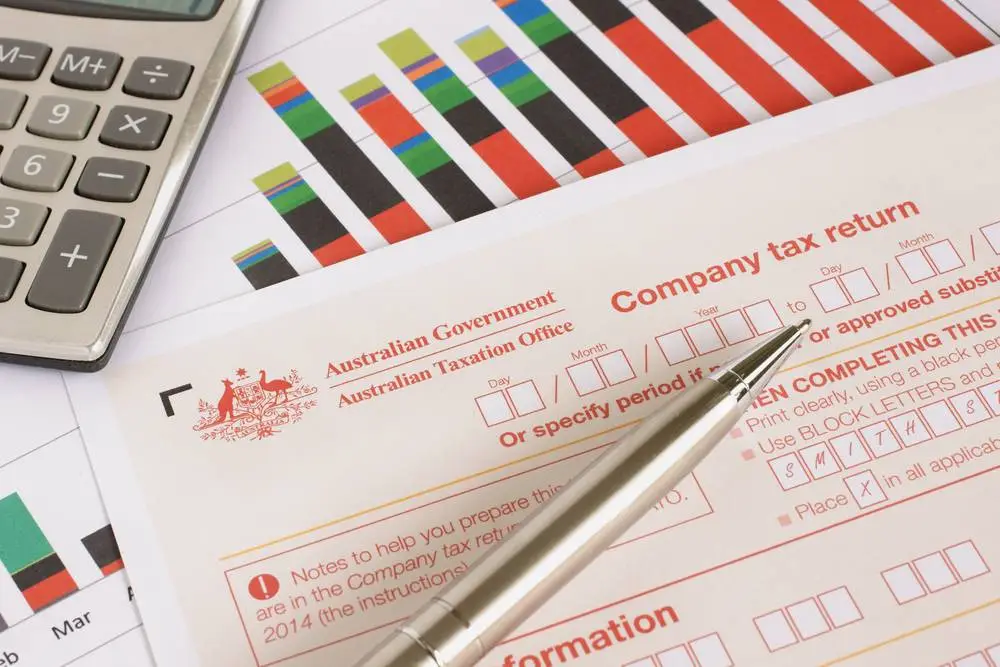
In recent years, the work landscape has dramatically shifted towards working from home, highlighting the importance of understanding working from home deductions. The rules and methods for claiming these have evolved, particularly since 2022, leading to confusion and missed opportunities.
As a Central Coast accountant, I’ve observed the challenges faced by remote workers in making sense of these changes. The Australian Taxation Office (ATO) has updated its guidelines, underscoring the need to stay informed.
Ready to look deeper into these updates? Let’s begin.
Eligibility for Work from Home Deductions
The Australian Taxation Office (ATO) establishes precise standards about who is qualified for deductions for working from home. To be eligible, you have to fulfil certain requirements:
- Primary Duties at Home: You must perform your core employment duties from home. Your home office is not just for checking emails or taking calls but also for carrying out your primary job functions.
- Incurring Additional Expenses: Eligibility depends on incurring extra running expenses due to working from home. It could include higher electricity bills from using your computer or additional costs for internet usage.
- Documented Evidence: You must have records demonstrating these additional expenses. Claims must be substantiated with evidence, not just made up.
Understanding the Revised Fixed Rate Method
The Revised Fixed Rate Method, updated by the ATO, is a streamlined approach for calculating home office expenses.
In a significant change, the rate increased from 52 cents to 67 cents per hour. The rate covers a range of expenses, such as electricity, gas, phone, and internet charges – in other words, costs associated with working from home.
But what does this mean for you in practical terms?
For every hour you work from home, you can claim 67 cents. This method simplifies the process by providing a standard rate, eliminating the need for complex calculations of individual expenses.
However, you must keep records of your work hours from home – in timesheets, diary entries, or even a work log.
Advantages of the Revised Fixed Rate Method
One of the standout benefits of the Revised Fixed Rate Method is its simplicity.
Calculating your deductions becomes straightforward – no more poring over every single bill to determine the exact percentage used for work. It is a great time-saver, especially for those who have trouble understanding tax deductions.
Another significant advantage?
The need for a dedicated home office space is no longer a prerequisite.
This change acknowledges the reality of modern working arrangements where any corner of the home can become a temporary office. You can deduct these expenses regardless of whether you’re working from a tiny workstation in your living room or kitchen table.
The Revised Fixed Rate Method makes sense for many remote workers because of its inclusivity.
The Actual Cost Method Explained
The Actual Cost Method is for individuals who want a more customised approach to their deductions. Using this strategy, you can deduct the real costs you spend when working from home. Although it requires more work, it can be more accurate.
What expenses are we talking about?
They range from the decline in home office furniture and equipment value to energy costs for heating, cooling, and lighting and even to specific phone and internet expenses. The key here is that these expenses must be directly related to your work.
However, with greater detail comes greater responsibility in terms of record-keeping. You must meticulously record all relevant expenses, including bills and receipts.
Additionally, you should be able to demonstrate the portion of these expenses directly attributable to your work activities. Maintain a log of work-related internet usage or keep a time diary in your home office.
When to Choose the Actual Cost Method
This strategy is useful if you have substantial home office expenses clearly separate from personal expenses.
For instance, if you have a dedicated home office with significant running costs or purchase substantial equipment specifically for work, this method might result in a higher deduction.
However, it’s not just about the potential for higher deductions.
The Actual Cost Method demands rigorous record-keeping. You must be comfortable and diligent in tracking and documenting your yearly expenses. If you’re the type who keeps a close eye on your expenditures and has a knack for organisation, this method could be a perfect fit.
Claiming Occupancy Expenses

When discussing occupancy expenses, such as rent or home insurance, the rules for claiming them are a bit more stringent.
It is necessary to meet two conditions to claim these expenses.
Firstly, your home must be a necessary part of your employment. Your employer does not provide an alternative workspace, so you work primarily from home.
Secondly, the area of your home used for work should be dedicated mainly to that purpose. It’s not about occasionally setting up a laptop at the kitchen table; we’re talking about a room in your house that is nearly solely utilised for work.
There could be a separate room or an area within a clearly defined room. The idea is that this space is your ‘mini office’, distinct from the rest of your home. It’s about creating a clear boundary between your work and personal life, even within the same four walls.
Expenses You Can't Claim
Knowing what you can’t claim is just as crucial as understanding what you can. Here’s a rundown of common expenses that are often mistakenly thought to be claimable:
General Household Items:
- Coffee, tea, milk, and other general groceries.
- Toilet paper and other personal necessities.
Children’s Education Expenses:
- Equipment like iPads or laptops for your kids.
- Subscriptions for their online learning.
Employer-Provided Items:
- Laptops, phones, or other equipment provided by your employer.
- Any expenses that your employer reimburses you for.
It’s a fine line between personal and work-related expenses.
The key is to remember that if it’s not directly related to your employment duties or reimbursed or provided by your employer, it’s likely not claimable. This distinction helps ensure that your claims are both legitimate and compliant.
Record Keeping for Deduction Claims
In tax deductions, accurate record-keeping is not just beneficial; it’s essential. Think of it as the backbone of your claim. Even legitimate deductions can be disallowed without proper records.
For both the Revised Fixed Rate Method and the Actual Cost Method, you’ll need to maintain:
- Time Records: Document the hours you’ve worked from home – work logs, diaries, or timesheets could be used.
- Expense Receipts: Keep all receipts for expenses you claim – utility bills, internet costs, and receipts for office equipment.
And here’s a tip to make your life easier: the myDeductions tool in the ATO app.
It’s a handy way to keep track of your expenses and receipts throughout the year. Using this tool, you can store all your records digitally, making it simpler to manage and access them when needed.
Conclusion: Working From Home Deductions
Understanding the complexities of home office deductions requires a blend of staying informed and meticulous record-keeping. Keeping abreast of the latest ATO guidelines is essential to ensure compliance amidst evolving regulations.
Accurate documentation of your work hours and expenses constitutes a robust defence against compliance issues.
Moreover, learning the nuances of methods like the Revised Fixed Rate and the Actual Cost Method is vital for maximising your claims. If uncertainties arise, seeking professional advice can provide clarity tailored to your unique situation.







